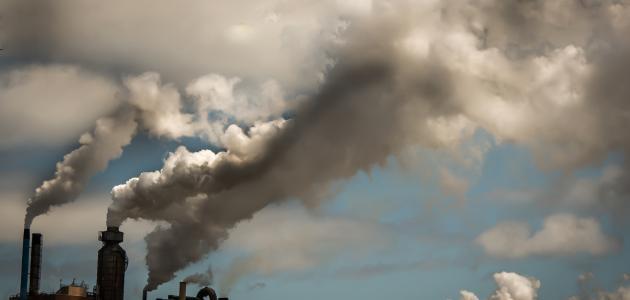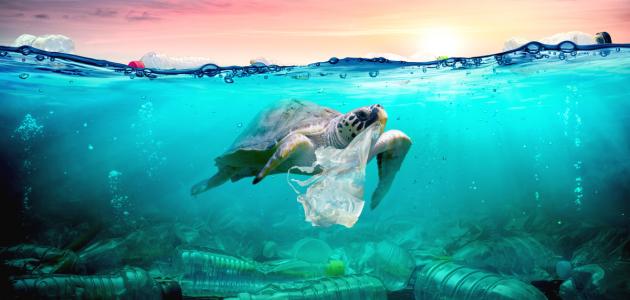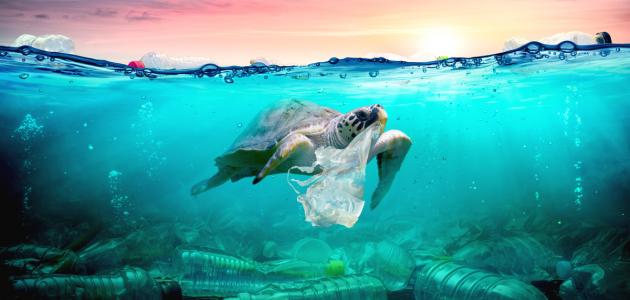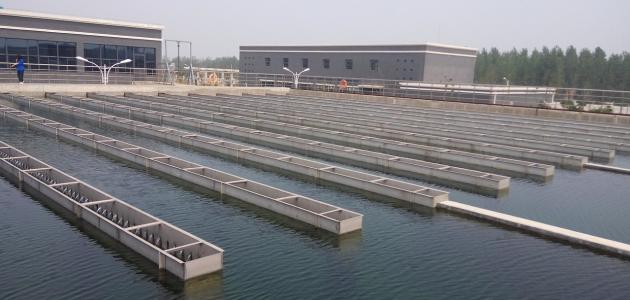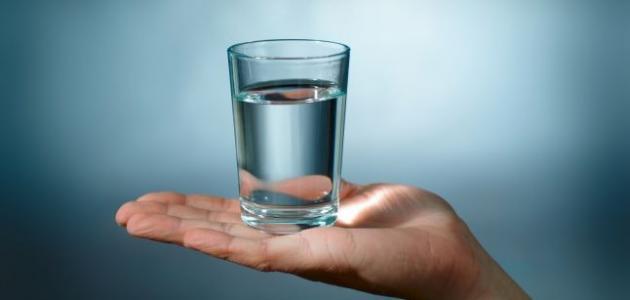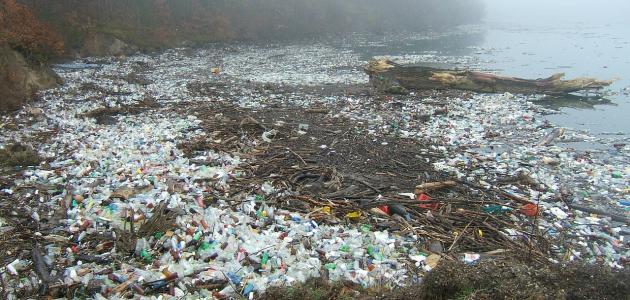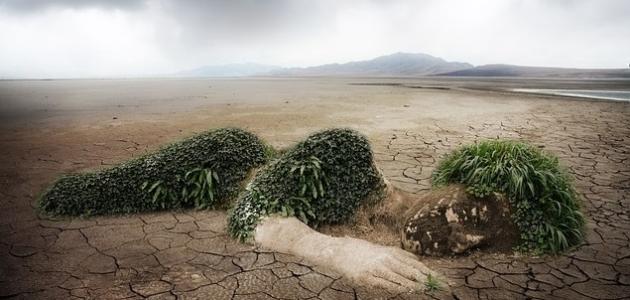Environmental pollution damage
Environmental pollution includes processes that harm the environment and negatively affect the quality of life, and environmental pollution is a wide-impact problem, as it includes developing and developed countries, and it can be divided into three main types based on the environment in which it occurs, namely: air pollution water pollution, and soil pollution.
Air pollution damage
Its harm to human health
Air pollution is represented by gases and particles suspended in it, which causes exposure to many health problems, including: diseases related to the cardiovascular system, including atherosclerosis, heart failure, high blood pressure, heart attack, stroke, irregular heartbeat, In addition to lung diseases that include asthma, chronic obstructive pulmonary disease, bronchitis, poor lung function, lung cancer, and allergies, studies have shown that the possibility of lung cancer increases when you live near major roads, or as a result of spending long times in traffic. Also, continuous exposure to air pollution increases death rates, as it results in approximately 800 premature deaths annually, according to estimates by the World Health Organization, and exposure to it is more dangerous for children, women, and the elderly who suffer from heart disease, diabetes, and obesity. , as it contributes to increasing the speed of development of these diseases.
Read also:What are the consequences of air pollutionAir pollution contributes to reducing the average life expectancy for human survival. If air pollution continues at these high levels, the world's population will lose approximately 12.8 billion years of their life, meaning that one person will lose about 1.8 years of his life, as the effect of air pollution on The average human lifespan is almost equivalent to the effect of smoking, while it is many times greater than the effect of immunodeficiency diseases such as AIDS, alcohol and drug addiction, and others. The global expectation will increase by 1.8 years to reach about 74 years for the average person.
Damage to the environment and the planet
Air pollution can cause a variety of negative effects on the environment, including:
- Acid rain formation: (Acid Rain), acid rain is defined as rain that contains harmful amounts of nitric and sulfuric acid, as these acids consist mainly of oxides of nitrogen and sulfur that are emitted into the atmosphere as a result of burning fossil fuels, where they mix with rainwater or snow and fall to the ground. This accelerates the erosion of buildings, statues, and sculptures that are part of the national heritage. It also causes damage to trees, and an increase in the acidity of soil and water bodies. Thus, water becomes an unsuitable environment for many fish and living organisms.
- Excess nutrients in water bodies: (Eutrophication), the presence of nutrients such as nitrogen in some lakes and estuaries is normal, but their presence in high concentrations in water bodies negatively affects the balance and diversity of plant and animal life in them, and the reason for this is due to human activities that contribute to the emission of large quantities of oxides Nitrogen released by power plants, cars, etc. into the air, thus increasing its entry into aquatic ecosystems.
- Formation of fog: (Haze), fog occurs due to the scattering of sunlight from small particles suspended in polluted air, which reduces the extent of visibility, and these small particles can be released directly into the atmosphere from several sources, including: power plants, industrial facilities, cars, and activities construction, etc., and may also be formed as a result of the emission of a number of gases, such as sulfur dioxide and nitrogen oxides.
- Negatively affecting wildlife: Humans and different animals face many health problems if they are exposed to high concentrations of toxic substances suspended in the air, or deposited in the soil and surface water, as studies show that air pollutants contribute to the occurrence of birth defects and reproductive problems in humans, in addition to many animal diseases, Toxic substances that remain in the air for a long time and decompose slowly in the environment are a source of great harm to aquatic ecosystems.
- Damage to agricultural crops and forests: Air pollution can damage agricultural crops and trees, as the formation of ozone gas near the surface of the earth reduces agricultural production, the ability of agricultural seedlings to grow, increases the susceptibility of plants to various pests and diseases, and reduces their endurance to harsh environmental conditions.
- global climate change: (Global climate change), the Earth's atmosphere naturally contains balanced components of gases whose function is to reserve part of the solar radiation, which maintains the stability of the Earth's temperature, but the human production of large quantities of some greenhouse gases has led to the retention of more From the heat of the sun, and thus the rise in the average temperature of the earth, which is known as the phenomenon of global warming or global warming, which in turn greatly affects human health, agricultural products, water resources, forests, wildlife, and coastal areas.
- Depletion of the ozone layer: (Ozone depletion), the presence of ozone gas in the upper layers of the Earth's atmosphere, specifically in the stratosphere, is a layer whose function is to protect life on the planet from the sun's ultraviolet rays, but the human production of some chemicals such as chlorofluorocarbons, hydrochlorofluorocarbons, and halons It led to the gradual erosion of the ozone layer, and thus increased the amount of ultraviolet radiation that penetrates the earth, which increases the risk of human infection with many diseases such as skin cancer, cataracts, and a weak immune system, and ultraviolet radiation can also cause damage to some agricultural crops, And reduce its production, and it should be noted that despite the benefits of ozone, it may be considered a pollutant that harms human health if it is located near the surface of the earth.
Water pollution damage
Its harm to human health
Leakage of various pollutants into some water bodies causes harm to humans, and a decrease in the amount of potable water. The World Health Organization report of 2017 showed that there are approximately 2.1 billion people around the world who do not have access to potable water. Reports of 2019 showed that about 785 million people lack basic drinking water, which in turn causes serious effects on human health, in addition to contributing to the spread of many diseases, as the World Health Organization records about 120 thousand deaths annually related to cholera, and it is worth noting that cleaning and purifying surfaces Water pollution is an expensive process, in addition to the high health cost of treating diseases resulting from polluted water.
Read also:What are the consequences of air pollutionDamage to the environment and the planet
Those who are most affected by water pollution are animals and plants that depend for their lives on aquatic environments, as water pollution affects the food chain greatly, by transferring toxins from a certain level to higher levels, and in some cases it may lead to its dismantling and erasing part All of them, and this in turn affects other organisms, it may cause excessive growth of some organisms in the event of the death of the animals that feed on them, or it may lead to the death of some predators due to the extinction of their prey.
- Pollution of water with harmful nutrients: Water pollution with harmful nutrients stimulates the growth of plants and algae in lakes and various aquatic environments, which reduces oxygen levels in the water, and this in turn leads to the death of some plants and animals, and thus the emergence of dead zones devoid of life, as these harmful algae may produce in some cases. Toxins that affect the lives of various living creatures such as whales, sea turtles, and others.
- Water pollution with heavy metals and chemicals: Sewage is a major source of pollution of waterways with toxic chemicals and heavy metals, which reduce the lifespan of living organisms and their ability to reproduce. It is also transmitted through the food chain through the food of predators on small organisms, which explains the high amount of toxins such as mercury in tuna. And big fish too.
- Water pollution with marine waste: A lot of solid waste, such as plastic bags and cans, is swept through the waterways and drains to the sea, which turns the oceans into landfills for waste, which sometimes appears on the surface forming floating garbage spots, and these wastes lead to suffocation and death of many organisms that live in aquatic environments, in addition to Damaging more than 200 different types of marine animals.
Soil pollution damage
Its harm to human health
Soil pollution is closely related to air and water pollution, and the damage caused by human exposure to toxic chemicals, pollutants, and hazardous waste may be determined by the ways in which these substances enter his body, namely: inhalation, ingestion, and absorption through the skin, although the list of toxic effects The potential associated with human exposure to these substances may be prolonged, but public interests and scientific studies tend to focus on damage to reproductive ability, and the possibility of cancer, especially leukemia, which poses a great danger to children, as it causes damage to brain development. Human exposure to mercury-contaminated soil increases neuromuscular disease, and causes headaches, kidney failure, central nervous system weakness, eye irritation, skin rashes, nausea, and fatigue.
Read also:Use empty plastic bottlesDamage to the environment and the planet
All components of the ecosystem are greatly affected by soil pollution, and may suffer irreparable damage, as multiple varieties of plants and animals are harmed, and soil bacteria that contribute to the growth of agricultural crops may disappear. food for plants, and the natural vital processes of microorganisms and arthropods that live in contaminated soil, in addition to that, small organisms may consume some harmful chemicals, which leads to their transmission after that in the food chain to larger animals, and this in turn contributes to the disintegration of the chain and the loss of some their parts, and increased mortality and extinction rates of some animals.
The sources of soil pollution are solid, industrial, agricultural and health wastes, in addition to the remnants of consumer products and chemical wastes resulting from the excessive use of fertilizers, which damages the soil and leads to the destruction of the upper layer of it, and the loss of its fertility and vegetation cover. Waste and toxic materials from the soil to the water bodies as a result of water runoff, causing pollution, or it may filter through the soil to reach the aquifers. It is worth noting that the polluted water may evaporate and return again with the rains, thus continuing the cycle of environmental pollution.
